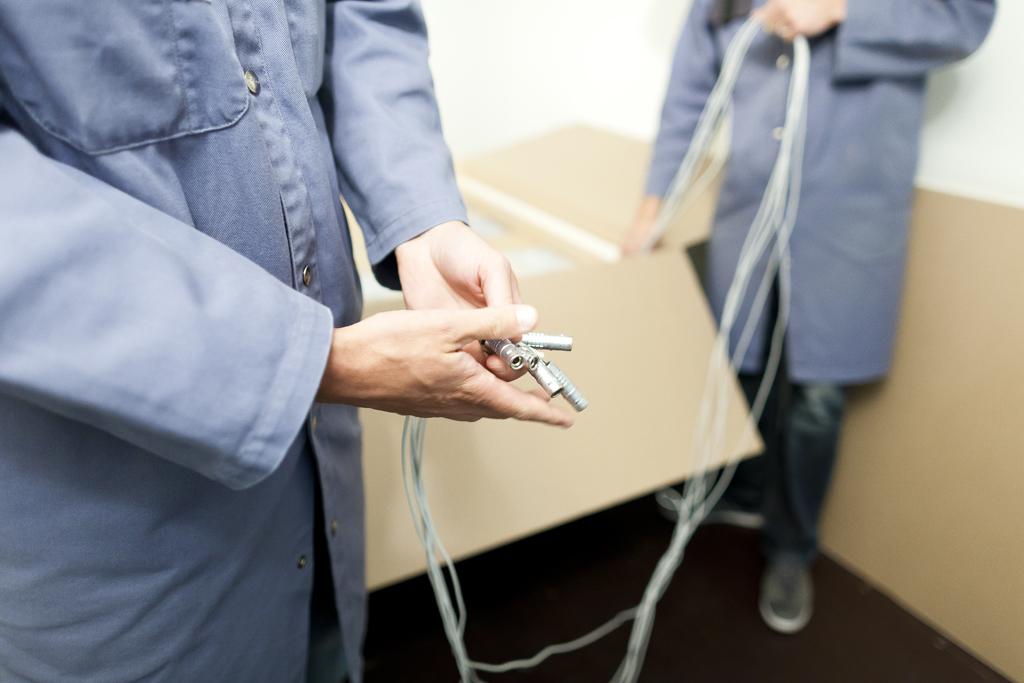The different qualification protocols for insulated packaging
Which reference documents allow for qualification of an insulated packaging solution?
The official standardisation bodies (such as AFNOR, ASTM and DIN for example) are authorised to produce reference documents which have the status of a standard.
The reference documents describing a method (protocol) for thermal efficiency qualification allow for qualification of an insulated packaging solution.
Both the NF S99-700 and ASTM D3103-07 standards allow thermal efficiency qualification of temperature-controlled packaging solutions to be achieved.
The ISTA Guide 5B, ISTA Procedure 7D and ISTA 7E standard established by ISTA(International Safe Transit Association) do not have the status of norms. However, these documents are supplementary and their amalgamation in a single protocol or with the ASTM D3103-07 standard allows thermal qualification to be achieved.
Thermal qualification protocols for packaging solutions

It is not always easy to compare the performance of different insulated packaging solutions that is why it is essential to focus on the solution’s thermal qualification protocols.
As a general rule, the specification requirements and standardisation of the equipment used to carry out thermal efficiency qualification tests are similar for all reference documents (test chambers and measurement chain).
Certain elements of the operating procedure for preparationrely on the same principles: instrumentation and thermal stabilization of the boxes, eutectic plates or phase-change materials (PCM) and products.
There are many differentiating factors, and they are sometimes left to the judgement of the manufacturer or user.
Differentiating factors and criteria
- Temperature profiles: Certain documents suggest temperature profiles with different requirement levels, others leave the choice and responsibility to the user and manufacturer.
- Number and positioning of probes: Certain documents do not address the number and positioning of probes, others address it but leave the interpretation and responsibility to whoever is applying the protocol. The test load simulating the product and loading ratio are also non-standardised points.
- Area of application of the thermal efficiency qualification protocol for packaging solutions: It can be broad or narrow (insulated boxes in general, insulated boxes for healthcare products or insulated boxes for a product category). Guides may address storage and transportation and incorporate a risk analysis.
- Test load: Actual products are rarely used in thermal efficiency testing. They are generally simulated by a test load which, according to its thermal inertia, plays an important role in the results.
- Temperature profiles: A temperature profile simulates the variations in temperature in a logistical circuit, from loading the temperature-controlled box to unpacking. It is the most striking parameter for users who often associate qualification with the applied profiles. Temperature profiles can by cyclical (made up of segments) or at a constant temperature.
- Number and positioning of sensors: The results of thermal efficiency testing depend on the number and positioning of the temperature sensors. The boxes host a variety of temperatures. The hottest and coldest points depend on the configuration tested, especially the position and temperature of the power source and the temperature profile. Reference documents provide recommendations on the positioning of sensors and some specify the number and location.
- Loading ratio: Certain reference documents require qualification of the insulated packaging solution with minimum and maximum loading ratios; others are limited to a representative load.
- Preparation of the configuration: In addition to thermal stabilization of the items, reference documents may impose a temperature and loading time on the insulated boxes.
- Conformity of the packaging solution: Every qualification reference document specifies the criteria for conformity of the qualified packaging solution. Only the NF S99-700 standard requires measurement uncertainties in the declared conformity to be taken into consideration.
Qualification of temperature-controlled packaging solutions is a guarantee of quality and security for the transportation of pharmaceutical products via the cold chain. In order to help you in your choice of insulated packaging solution, in our next article we will provide you with a comparative table of the main reference documents and qualification protocols. If you have any questions, do not hesitate to ask our experts!
